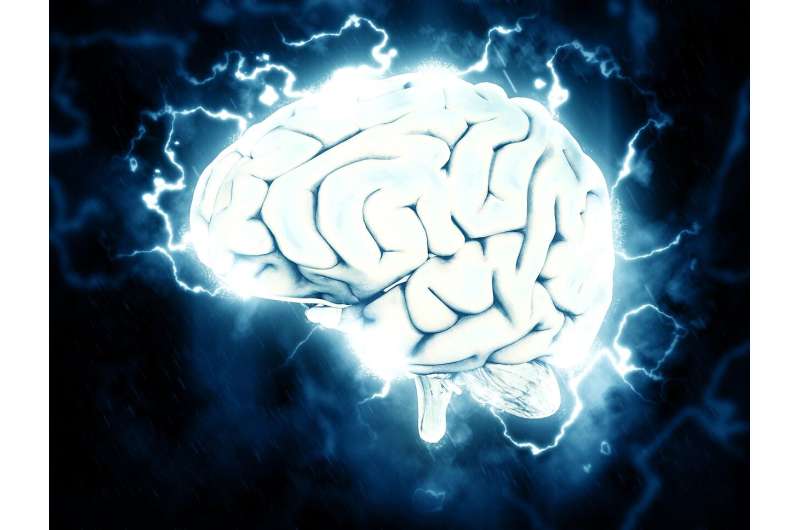Mechanism of epilepsy causing membrane protein discovered

On August 21, Korea Brain Research Institute announced that a team led by principal researcher Lim Hyun-Ho discovered a new 3-D structure and membrane protein mechanism which causes epilepsy and muscle problems. The study results were published in the August issue of Proceedings of the National Academy of Sciences (PNAS).
Neurons control physiological phenomena such as delivery of electrical signals and secretion of signal transduction materials by exchanging chloride (Cl-) ions and hydrogen ions (H+) in the cell membrane. If there is a problem with the CLC transporter protein that is involved in this process, muscle problems, epilepsy, hearing loss and blindness can develop.
The research team led by Dr. Lim Hyun-Ho, succeeded in identifying a new structure of external glutamate residue, which plays a critical role in the ion exchange of single CLC transporter proteins, for the first time in the world.
The research team produced mutated CLC proteins, where external glutamate residue is changed, and identified a 3-D structure under 9 different conditions. In addition, the team found new areas where chloride ions (Cl-) are combined in a transporter. Based on this, the team found that a single CLC protein can have four different structures in the ion exchange process for the first time in the world.
Dr. Mackinnon of Rockefeller University, who won the Nobel Prize for Chemistry in 2003 by identifying CLC protein structure for the first time, predicted there would be more than 3 kinds of structural diversity of this protein but less than two types of structure have been reported for the same species.
This research is meaningful in that a new structure and functions have been identified in the membrane protein, for which structural determination is difficult, and the principle of material transport has been identified. It is expected that this study will lead to the development of technologies that control various physiological phenomena and diseases by controlling various functions based on membrane protein.
Dr. Lim Hyun-ho said "Our team could achieve good results thanks to KBRI which provided long-standing support for the systemic research that integrates structure and function even though the results could not be achieved immediately." He added that "Our team will continue our research on membrane protein, which is essential to maintaining the physiological function of a brain."
More information: Kunwoong Park et al. Mutation of external glutamate residue reveals a new intermediate transport state and anion binding site in a CLC Cl−/H+ antiporter, Proceedings of the National Academy of Sciences (2019). DOI: 10.1073/pnas.1901822116



















